August 1, 2025

Introduction
Not gonna lie, the computer used to make TWIFL up and died last week and needed to be replaced. Simply the cost of equipment of making this product is surprisingly expensive. I'd greatly value your financial support.
I'm working on some merch for this site and for creating a site dedicated to photography, but for now, anything you can give would be appreciated.
A lot of newsletter authors are pretty aggressive about asking for money. TWIFL intends to never be that. That said, laptops aren't free and the lens that captures images like the ones above and below aren't on any cell phone (and never will be as its a matter of physics), and the cameras and lenses to do that work aren't free either.

Anyway, another longer newsletter, largely because I got excited about the events of 100 years ago (and 80 years ago). TWIFL will be in California next week, so there may or may not be a newsletter, depending on a variety of factors.
Finite Disappointment
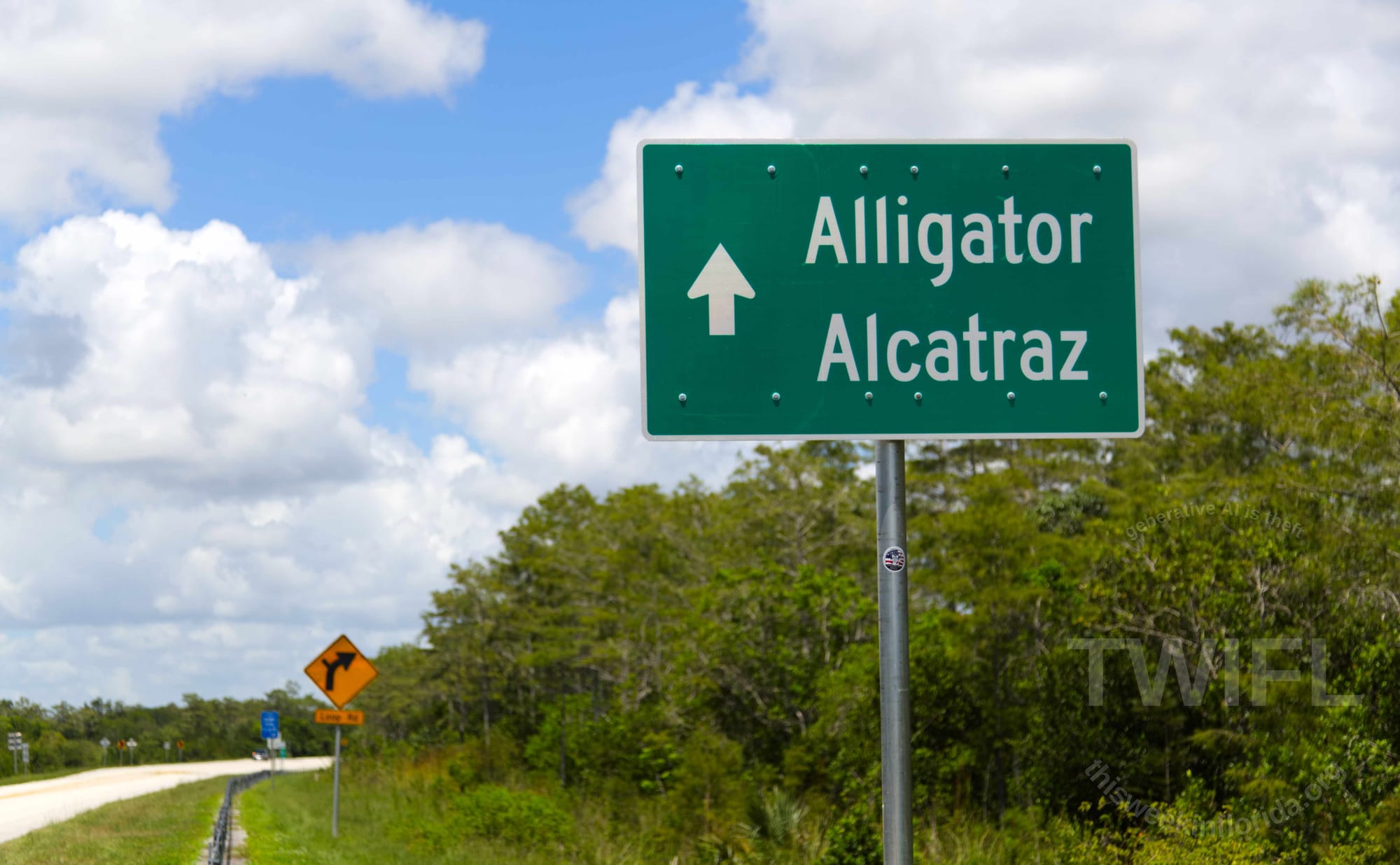
From the maker of Alligator Alcatraz*
By most accounts, the immigration detention center in the Everglades, not to be confused with the immigrant detention center a few miles down the road in the Everglades Correctional Institute (aka Krome center), with its own sordid history, was the brain child of Florida Attorney General James Uthmeier.
That brain apparently did not come up with a plan for evacuating detainees or employees at the immigration detention center in the Everglades in the case of a hurricane (two hit the area last year) or a fire (the Everglades natural cycle depends on fire). To be clear, the site has now been engaged in detainment for about a month and there's still no hurricane plan as of 29 July 2025.
While Uthmeier is endangering the lives of detainees and employees alike and cannot be bothered with an evacuation plan for the tent city of horrors destroying one of the most unique places on Earth, he has had time to open an investigation into the "climate cartel" for breaking consumer protection laws.

Apparently, the big threat to Florida right now are immigrants and climate scientists.
Meanwhile, the trend for more days out of the year with daily high temperatures above 90 degrees continues in South Florida for some reason.

Still, given the site where the detention center presently sits was the exact place where one of the most successful wins for environmentalists in American history was won, one must wonder if the Florida Attorney General interest in environmentalists is as much about his detention center as anything else.
*because of the deeply racist implications of the name "Alligator Alcatraz" and the humanitarian and environmental crises around it, pro-immigrant and pro- environmental activists (which absolutely contain people who are in only one of the two groups) have asked that the term, "Alligator Alcatraz" be retired from discourse about it.
Restaurants are dropping like flies in South Florida
While to people not from South Florida the area may seem like a year round tourist destination, the reality is, tourists typically don't like the Miami heat (the weather, not the team) and most restaurants here are dependent on the tourist season to weather the stormy summer.
Unfortunately, with tourism down this year, rents up over the last few years, and the Miami heat stretching longer than ever before thus shrinking the tourist season, well regarded and even some legendary restaurants are folding. Some of this can be attributed to the surge in new restaurants during the peak of Covid-19 (which contrary to popular belief isn't gone--1200 people have been killed by Covid-19 in Florida so far this year) creating a glut of restaurants.
This week Coral Gables' award winning Italian restaurant, Erba, featured in Esquire Magazine and the New York Times announced it was closing its doors this summer.
This is becoming a trend in the area.
Michelin rated Coconut Grove restaurant Sereia announced in May that it was closing down for good.
This week, The Miami Herald reported that 2025 Michelin star restaurant Itamae, a Midtown Miami restaurant, was also folding.
The Herald is also reporting that Piegari Italian is closing to "make necessary changes."
Two weeks ago the Miami New Times's Nicole Lopez-Alvar wrote, "Let's not sugarcoat it — this year has been absolutely brutal for Miami's restaurant scene. Since I joined New Times in December 2023 as the Food & Drink editor, I've covered my fair share of closures, but nothing compares to the heartbreak of this year's wave."
The bulk of this piece on the restaurant closures has been dependent on Lopez-Alvar's reporting.
She writes, "Summer has always been tough for restaurants in South Florida. Tourists disappear. Locals stay home to beat the heat or flee to Europe. The city melts, and so do the margins. But once upon a time, a star rating, a glossy award, or a mention in a national magazine could carry a restaurant through the sweltering slump. Not anymore."
It's a damn shame. Her writing is excellent, however.
What's most important to note is that the economy in South Florida appears to be on the brink of a major problem.
New Section: Florida Gonna Florida
Woman caught at Miami International with turtles in her bra

Historic Interlude
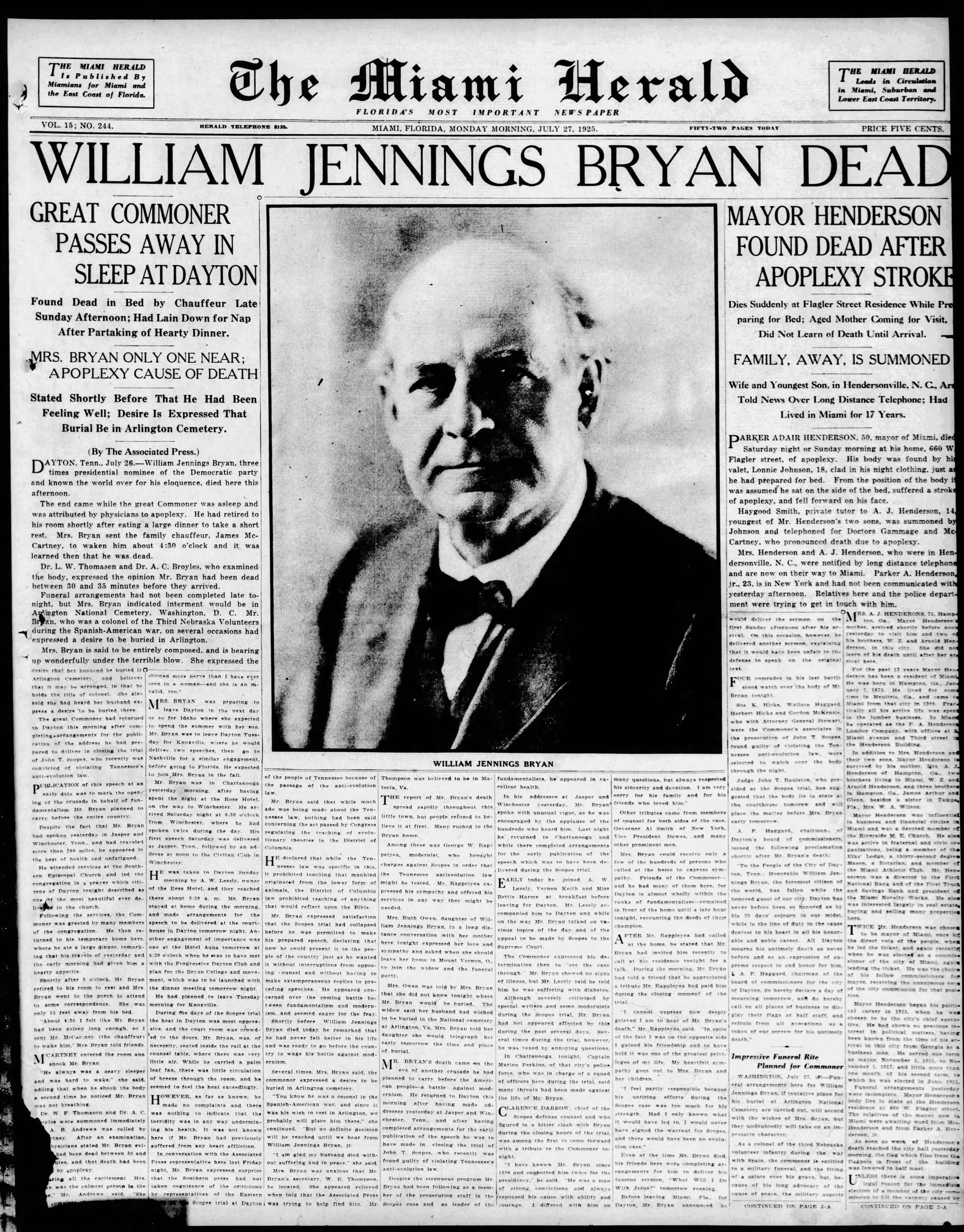
William Jennings Bryan's Death towered over the death of Miami's Mayor
100 years ago this week the headlines dominating the Miami Herald weren't about the sudden death of the 50 year old Mayor of Miami, Parker Adair Henderson, which occurred 100 years ago this week. They were about the death of "The Great Commoner," William Jennings Bryan. Bryan was one of the most prominent American politicians to have never won the presidency, running in 1896, 1900 and 1908. A champion of populist ideals such as the income tax (he despised tariffs used for Federal income taxation), pacifism, the Department of Labor, Prohibition and Women's Suffrage. Bryan was perhaps best remembered for his staunch anti-evolution stance.
An anti-Eastern elite, anti-science demagogue to his enemies and a champion of what were called liberal causes during the Progressive Era, Bryan served as Secretary of State to Woodrow Wilson up until the Great War (World War I). An avowed pacifist, he resigned his post in protest of President Wilson's notes to Germany after the sinking of the Lusitania.
The Progressive Era, which (Democrat) Wilson and Bryan, along with (Republican) Theodore Roosevelt were arguably the most prominent examples of, was itself deeply problematic. While progressives like Bryan and Woodrow Wilson championed peace, women's suffrage and concepts like City Beautiful, which Coral Gables was itself literally emblematic of, the progressives were often deeply racist and anti-science. Many of their positions were born out of these deeply held beliefs of race based hierarchy and junk "science" like eugenics.

Just weeks before his death, Bryan had prosecuted John T. Scopes in State of Tennessee v. John T. Scopes, best known as the "Scopes Monkey Trial." The trial focused on educator John T. Scopes's right to teach evolution pitted against a Tennessee law that expressly forbade teaching evolution in schools. William Jennings Bryan was a champion of the Anti-Evolution movement of the early 20th century and took on the case to advance the anti-evolution position. Though Bryan prevailed in prosecution (which was later overturned), he was famously called to testify by the attorney for the defendant, Charles Darrow, who exposed several contradictions in Bryan's beliefs, sullying Bryan's legacy.
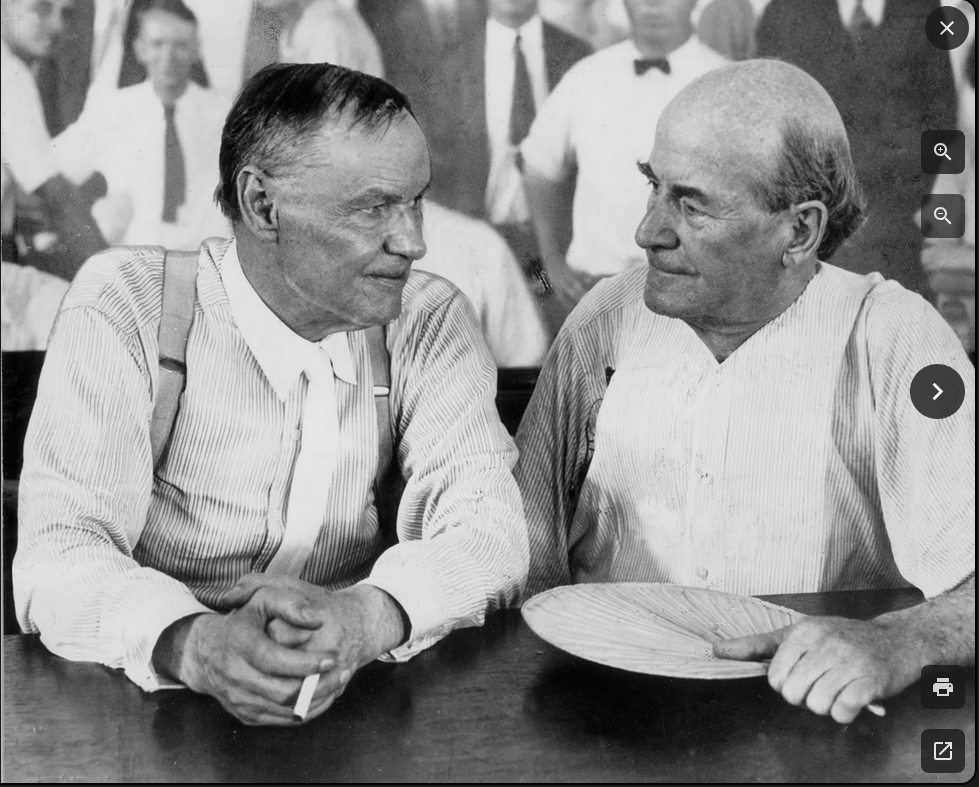
Bryan had many connections to Florida, especially through the housing market, which would bust shortly after the 1926 Miami Hurricane smashed into the southeastern part of the state, washing away the poorly built foundation of a housing boom, just over a year later.
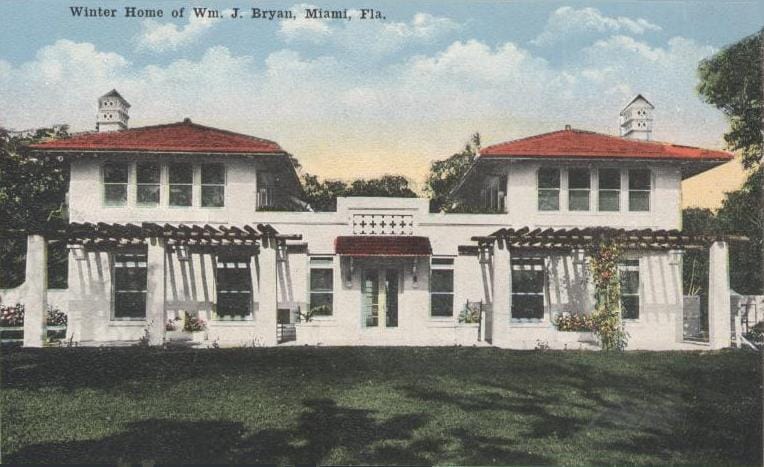
To help with his wife's arthritis, the Bryans built a home called Villa Serena in Coconut Grove, the first permanent white settlement in Miami. Their house was walking distance from the more famous Vizcaya Estate of James Deering, one of the International Harvester (now Navistar International, the truck company) heirs.
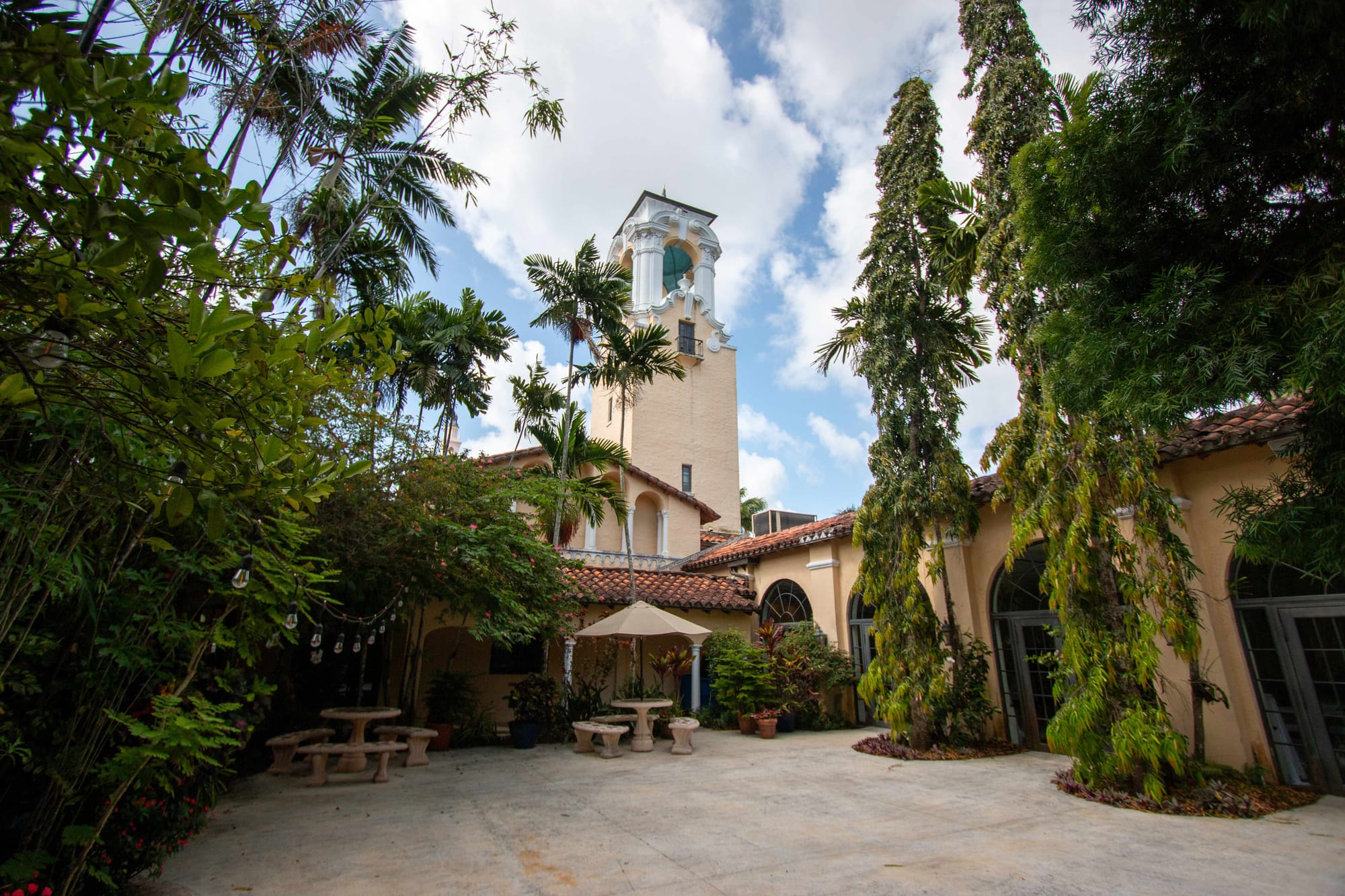
The Bryans spent his last decade deeply engaged in civic affairs of the Greater Miami Area, helping out the local YMCA and helping their friend, George Merrick, found the city of Coral Gables, which had officially incorporated just a few months earlier in April of 1925. It is thus little surprise that Bryan's passing continued to dominate the newspapers this week 100 years ago.
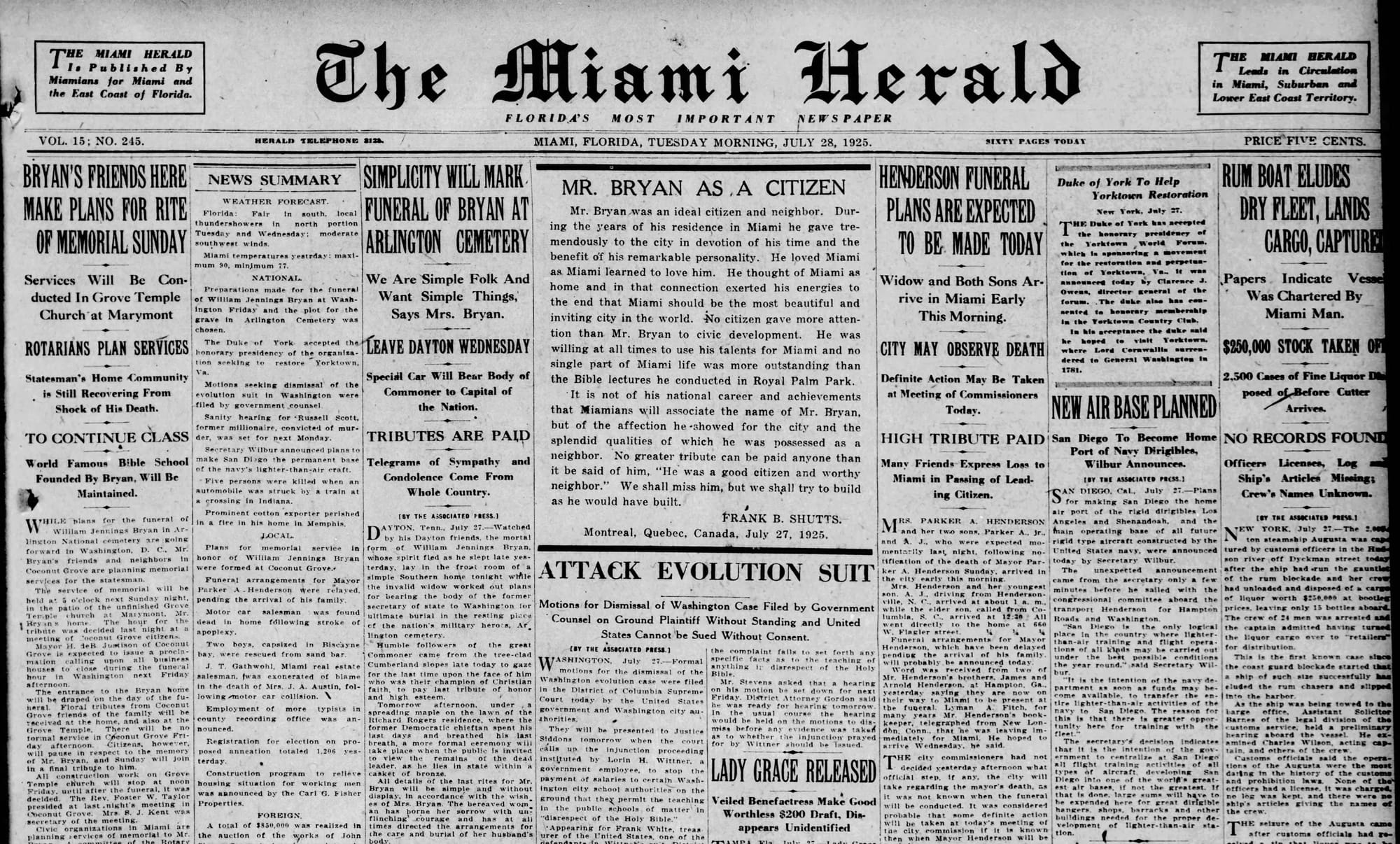
The First Black Beach in the South

August 1, 1945 Miami Florida, The South's first beach for Black Americans opened
The South's first beach open to Black Americans celebrates its 80th anniversary this week with a three day event starting August 1st. Follow the link for details on the event. There's fun for the whole family!
My grandmother, a woman I see twice a year and is doing fine, thank you, was eighteen years old when this beach was opened to people of color.
The history, stretches back to Miami's first days in 1896, as the Miami Times, Miami's oldest Black owned news paper, told it this week. Dependent on Black men in the area–who made up one in three residents at the time–to incorporate the city into Miami, the local white residents immediately abandoned the rights of Black people as the Supreme Court legalized Plessy v. Ferguson that year and Jim Crow became the law of the land.
This is America, featuring Childish Gambino's depiction of Jim Crow. NSFW
If you haven't seen This is America (the video above featuring Donald Glover as a Jim Crow caricature) in a while or haven't seen it before you'll want to watch a breakdown of it. Here is one by a professor of African and African American Studies at Fordham University, Dr. Lori Brooks and here is a shorter one by a group called Insider Art. The two videos unintentionally compliment one another. Note, both videos miss the 17 second pause at the 2:44 mark, which seems to be a "moment of silence" for the 17 victims at the Parkland High School Shooting here in South Florida, which occurred a few months before This Is America was released in 2018.
While White Americans exploited the convict lease system to indenture Black men into building Miami and Miami police forced Black women and children in to a vice plagued red light district called Hardieville, after the police chief who created it, Black people, whether born in America or from nearby places like the Bahamas, weren't allowed in the water to cool off in South Florida's miserably hot summers.
At the end of World War II, where millions of people of all colors had baked and sweated in the South Florida sun building ships, training and otherwise supporting the war effort, Black Americans had had enough. On May 9, 1945, the day after the War in Europe had concluded, in what historian Gregory W. Bush identifies as the first major civil disobedience moment in the Civil Rights Movement, Black people streamed into the waters of the Atlantic at Haulover Beach State Park in Broward County.
Standing on the beach waiting to help out those expecting to be arrested, was Lawson E. Thomas, who just a few years later would become the South's first Black judge. In the meantime, in an attempt to avoid civil unrest, leaders in Dade County elected to give Black people a beach, on the far side of an island that could only be reached by boat. This became Virginia Key Beach.
There's a lot more to tell. Read the linked stories above and if you want to learn more check out White Sand, Black Beach by Gregory W. Bush.

Infinite Hope
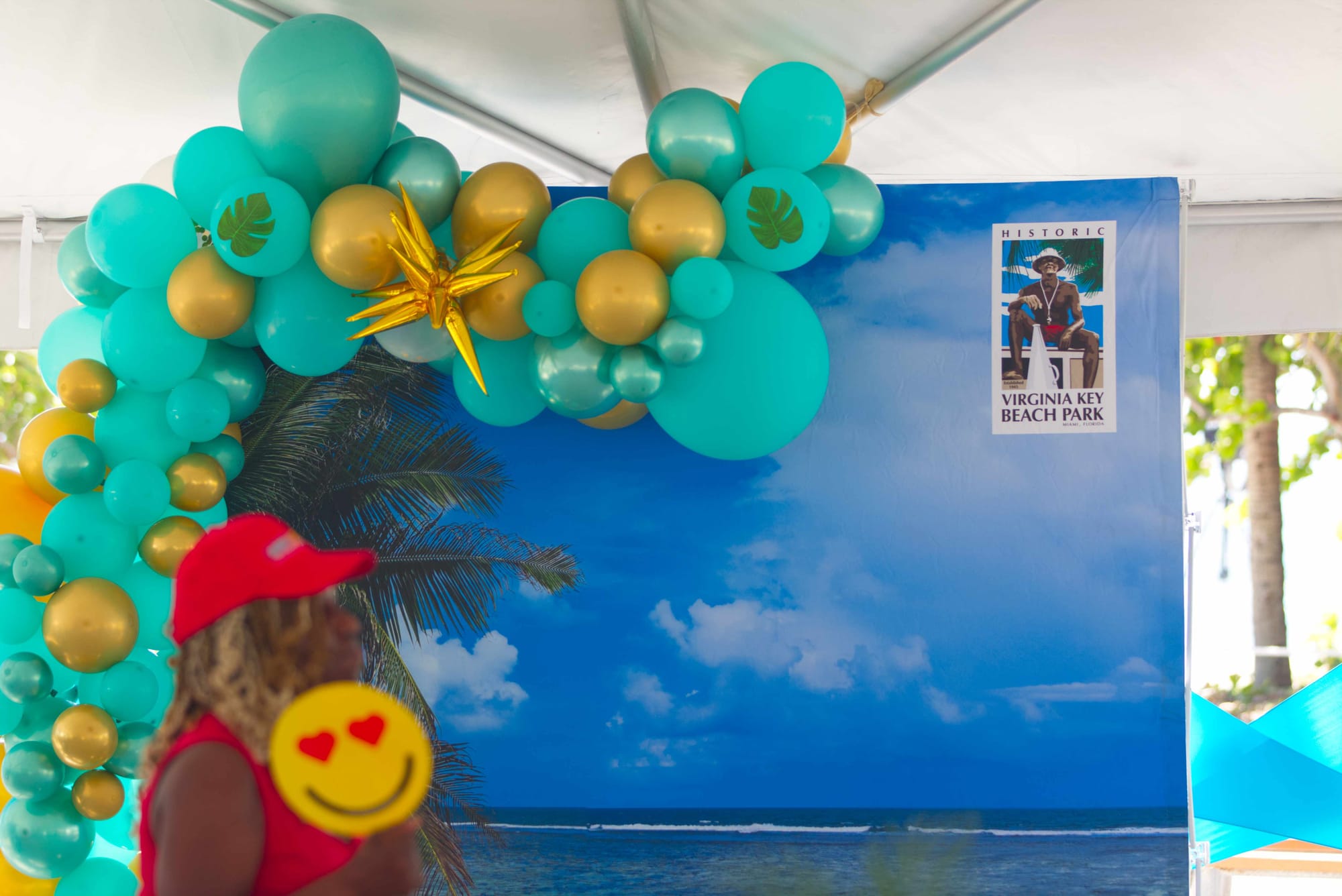
Celebrating fighting the good fight
I got to the 80th Anniversary Celebration just before it officially opened for the three day event and as everyone here knows, this town runs on Miami Time. So, I was one of the first here. Over the course of an hour buses started pulling in, some with schools of young children, some full of senior citizens.
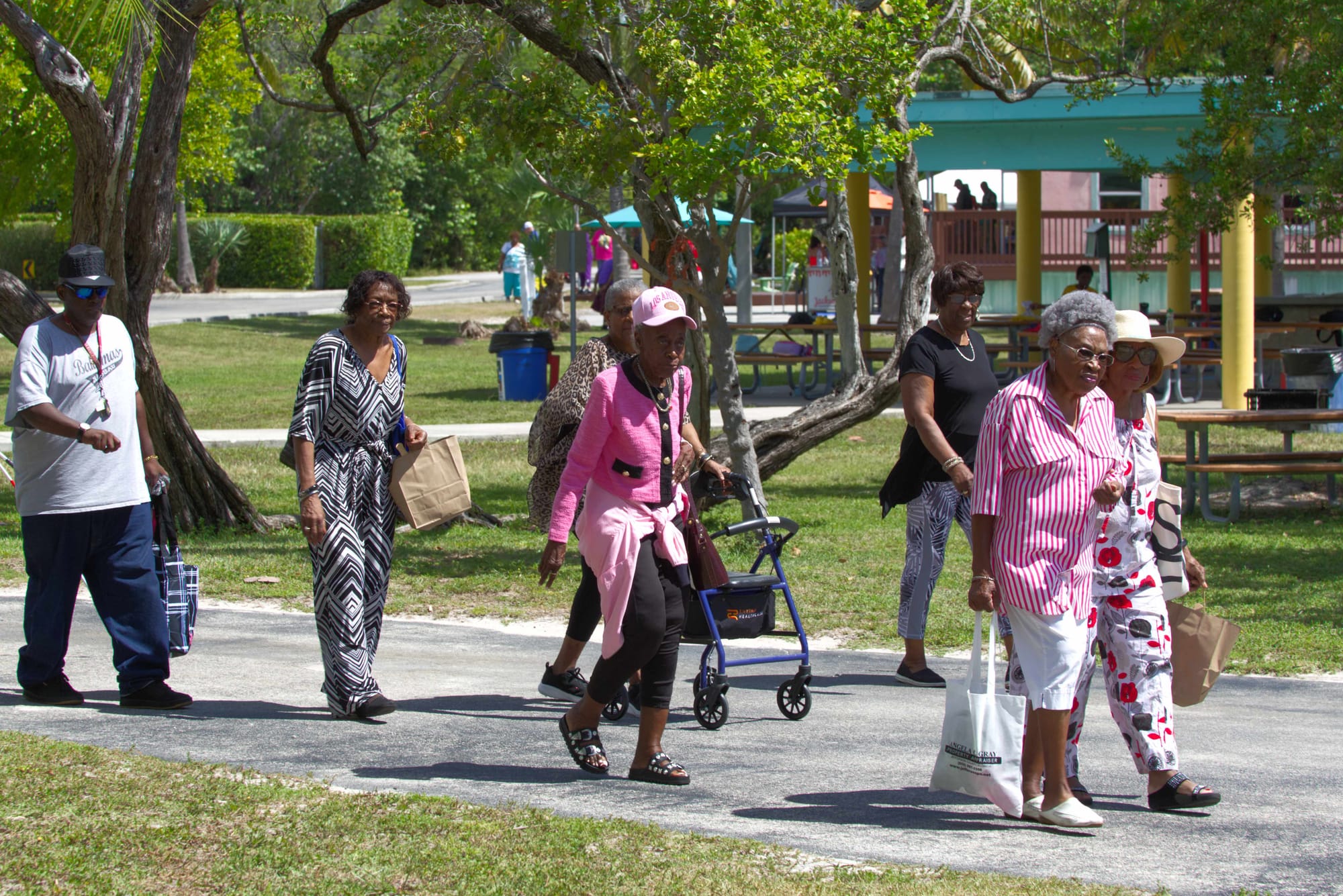
I'm sorry that I'll miss the big party as we'll be out of town for most of it. But it sure looks like a good time for the whole family.

Emergency Town Hall
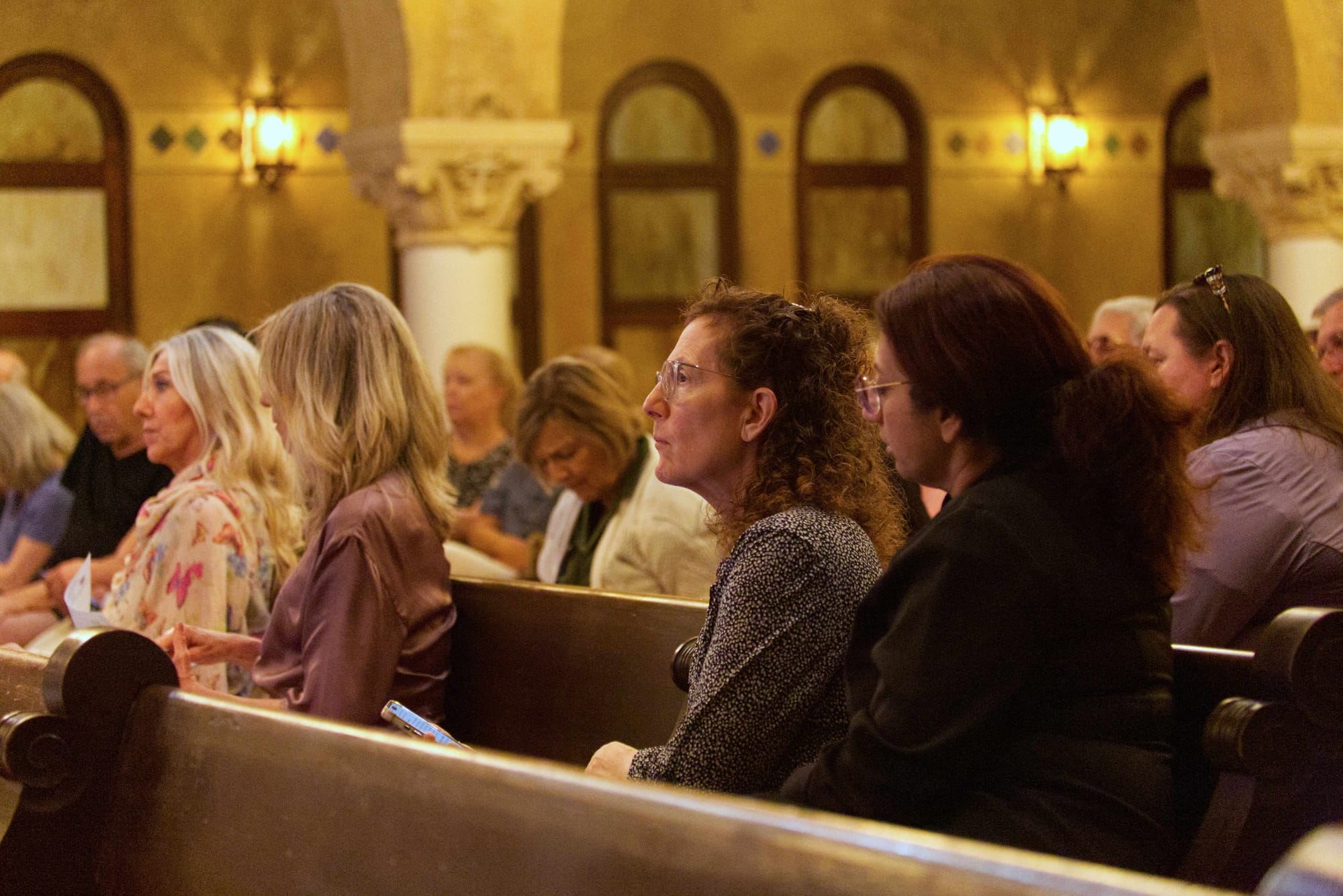
While Emergency Town Hall is hardly the name one would expect for an entry in the Infinite Hope section, it still gives me hope that we live in a country where we can hold such things. Unfortunately, the elected officials invited to the event, including the Florida 27th Congressional District Member, Maria Elvira Salazar, whose district the event was held in, did not show up. Fortunately, three people running to unseat her did.
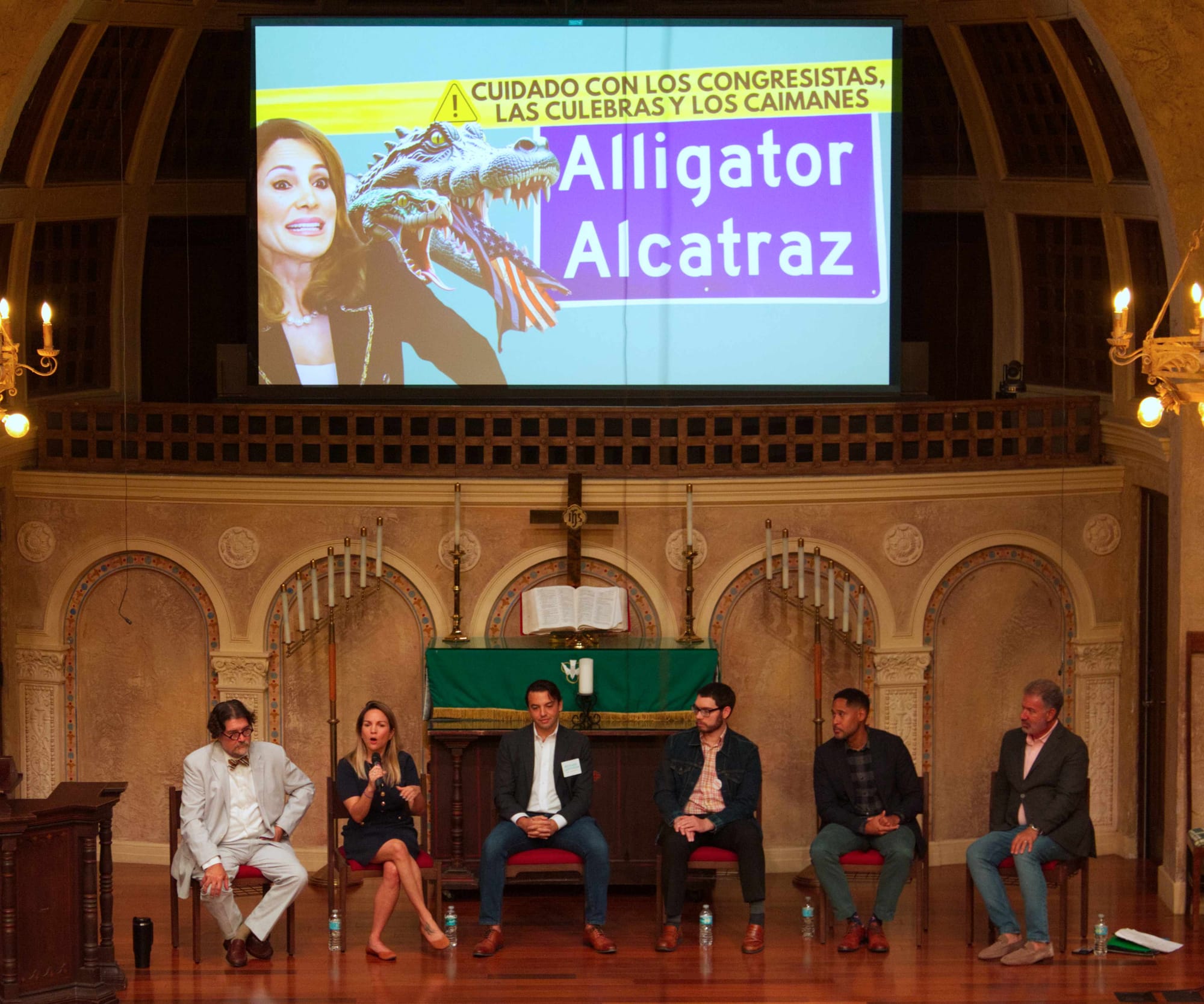
Michael Popok of Medias Touch, a liberal podcast that is topping the charts for political podcasts, also was in attendance.
Bear the History Hound Finds

California and reparations for Black Californians
There's an outstanding book from 2017 on the history of legal segregation in the United States in the modern era. The book, The Color of Law by Richard Rothstein, opens with a narrative about housing discrimination in California's supposedly liberal Bay Area.
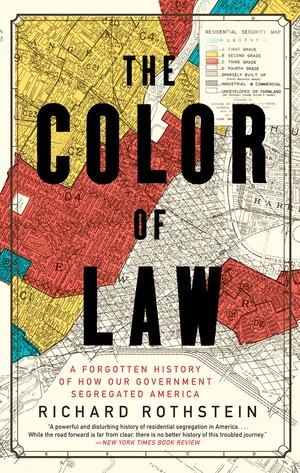
Nearly a decade later, the history of racial segregation in modern California is in the news again. If California is the most liberal of states in this country and it has these problems, what does that say about the rest of the country?
To be fair, this story is about reparations, but what will the $1m discussed in this story spread over 200 families accomplish in addressing the acres of land in the Bay Area their families lost in the "liberal" 1960s? How much do you suppose that land is worth today?

Edinburgh University is also trying to deal with its role as a major vector of racism
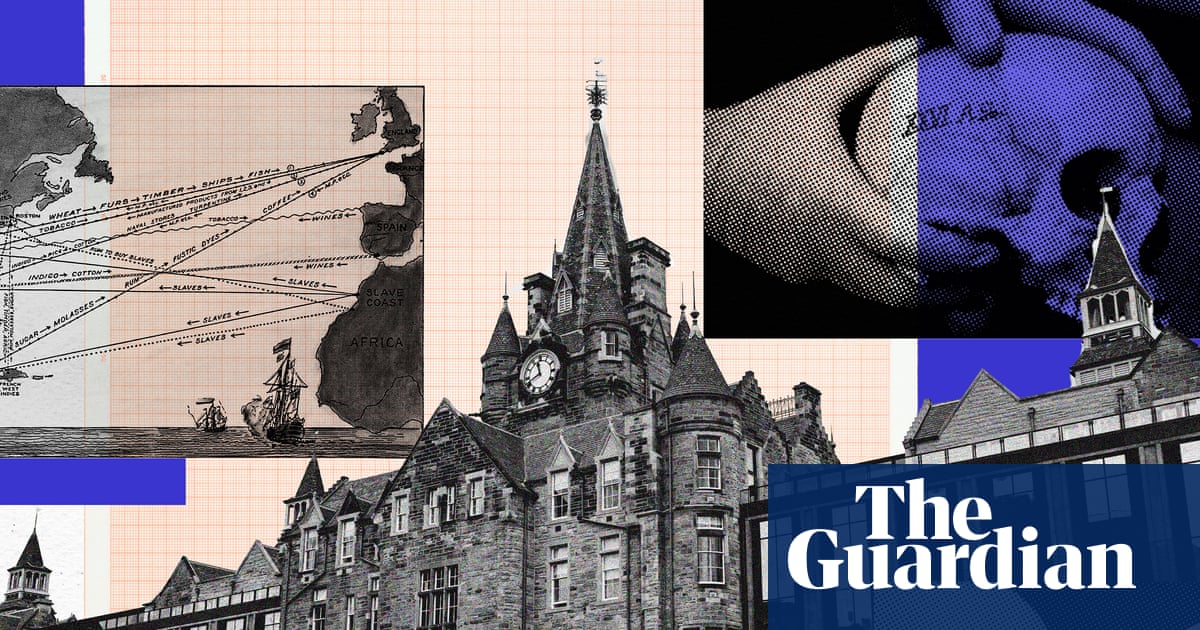
More on the Scopes Monkey Trial's 100th Anniversary (from March)







